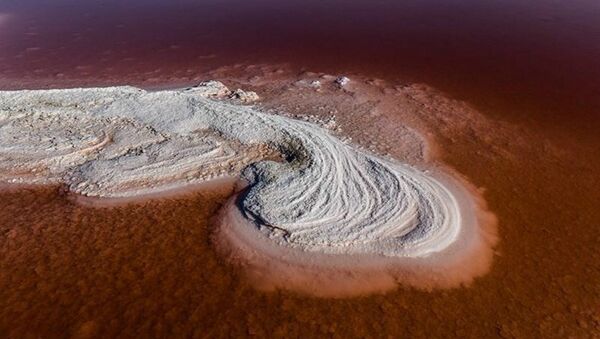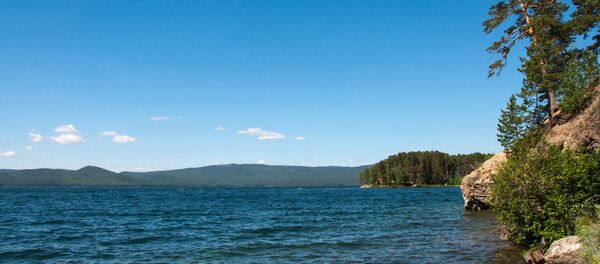The Moderate Resolution Imaging Spectroradiometer (MODIS) on NASA's Aqua satellite recently captured a transition in the color of Lake Urmia between April and July 2016. On April 23, the water was green as usual; by July 18, the lake started to look more like a wine spill.
Red Lake Urmia https://t.co/LYiOwMqP48 #NASA pic.twitter.com/UtncylVT5r
— NASA Earth (@NASAEarth) 26 июля 2016 г.
Like the Aral Sea, once the fourth largest salty lake, Lake Urmia has shrunk rapidly during the past decades. The results from satellite imagery indicated that the lake has lost about 70% of its surface area over the last 14 years, scientists say. As it becomes smaller, it grows saltier, especially during the summertime. That is when the microorganisms show their colors.
دوستداشتنیتر از اینکه ببینی یه عده دارن توی #دریاچه_ارومیه شنا میکنن، چیزی هست؟! ^__^#LakeUrmia pic.twitter.com/zaGv6p8wsB
— Saeed Esmaili (@SaeedEsmaili) 25 июля 2016 г.
According to scientists, there are two main groups of organisms involved in the color change: a family of algae called Dunaliella and an archaic family of bacteria known as Halobacteriaceae.
دریاچهی خون ارومیه، همین امروز #ارومیه #دریاچه #lakeurmia pic.twitter.com/djFkqaGHOe
— Hootan (@Hoootan) July 12, 2016
Other scientists emphasize the role of Halobacteriaceae, a group of bacteria, which release a red pigment that absorbs light and converts it into energy for the bacteria. When populations of the bacteria are large enough, they can stain bodies of water.
عکس/ دریاچه ارومیه به رنگ خون — https://t.co/SlaSXEK2su pic.twitter.com/MVVO7kZfDw
— Royekhat (@Royekhatnet) 4 июля 2016 г.



